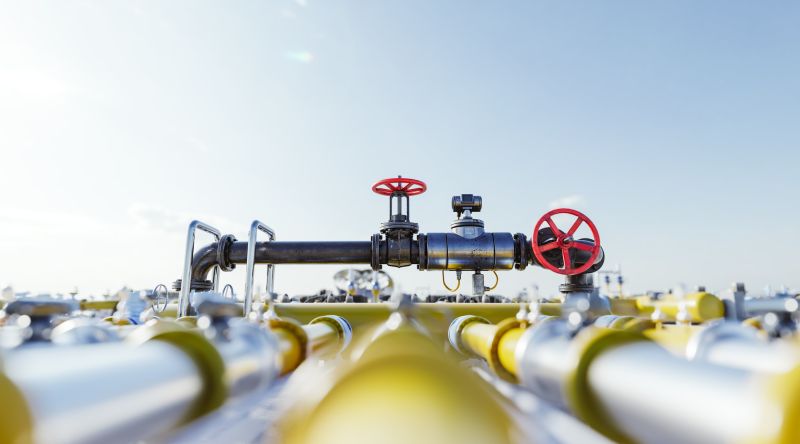[datacenter_tag_image]


Every day across North America, tens of billions of cubic feet of natural gas are either stranded without infrastructure or burned off through flaring during oil and gas operations. For independent producers, this isn’t just an environmental issue, it’s an economic one too. Valuable hydrocarbon molecules are wasted, potential revenue is lost, and ESG performance takes a hit. But what if there’s another path forward?
At Enchanted Rock, we’re partnering with gas producers to do something different: capture that wasted gas and convert it into clean, reliable power at the point of production. Our modular, ultra-low emissions generators are designed to operate on a range of gas qualities, including unprocessed or high-BTU gas streams, unlocking a viable market solution where pipeline takeaway isn’t an option.
Let’s take a look at some of the markets where this technology makes sense from an economic and environmental standpoint.
The flaring problem: Widespread and persistent
Flaring occurs when producers are forced to burn natural gas that can’t be economically transported or processed. According to the U.S. Energy Information Administration, the U.S. flared nearly 300 billion cubic feet of gas in 2023, mostly in major producing basins including:
Each of these regions faces a common problem: abundant gas production, but limited infrastructure to move it.
Stranded gas: A quiet killer of value
Stranded gas refers to wellhead production that can’t flow due to lack of pipeline access or commercial offtake. While not as visible as flaring, the impact is just as real: producers are forced to choke back wells, leave gas in the ground, or sell into uneconomic take-or-pay contracts just to maintain flow.
That’s not just lost gas, it’s lost margin.
A shut-in well producing 2,000 MCFD at a modest $2.50/MMBtu represents $150,000 in lost revenue per month, not counting potential liquids or condensate value. Across a portfolio of wells, that adds up quickly.
And in places like:
Appalachia (Southwest Pennsylvania, West Virginia, Ohio) – where bottlenecks in takeaway pipelines are common
Western Canada (Alberta, British Columbia) – areas that frequently suffer from oversupply and permitting delays
Rockies (Piceance, DJ, and Powder River Basins) – consisting of remote locations with poor connectivity
…stranded gas is more the norm than the exception.
A new path forward: Turn gas into onsite power
Enchanted Rock’s solution is simple but powerful: take stranded or flared gas and turn it into a revenue-generating power stream at the source. This works extremely well with our natural gas generators, which offer the following features:
Who should be thinking about this?
We help producers monetize gas that would otherwise be lost, while providing low-emissions, flexible generation capacity to a range of customers.
If one of the following describes your operations, and you have gas with no home or you’re tired of waiting on midstream buildouts, Enchanted Rock’s onsite power generation solutions a better option that’s available today.
A cleaner future with smarter solutions
The oil and gas industry is taking meaningful steps to reduce the carbon footprint in their operations. Technologies that can mitigate flaring, turn waste into economic value, and generate clean, distributed power represent a win-win for producers and the environment. And with the right tools, the shift toward operational decarbonization can happen one wellhead at a time.
This article was originally published on LinkedIn.